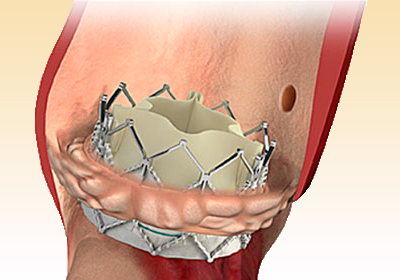Despite primary angioplasty, many patients with ST elevation acute myocardial infarction with (STEMI) show evidence of microvascular dysfunction. This dysfunction can be characterized by two main factors:
- Minimal microvascular resistance, evaluated with index of microvascular resistance (IMR).
- Microcirculation vasodilatory capacity– measured with coronary flow reserve (CFR) – which might be influenced by epicardial disease.

A new specific index has recently been identified to assess microcirculation called microvascular resistance reserve (MRR), which allows measuring vasodilatory capacity independent of the epicardium.
The purpose of this study was to determine the prognostic value of MRR in clinical outcomes of STEMI patients, and establish an optimal cutoff MRR value to predict adverse events. To this aim, the study looked at data of STEMI patients from six cohorts including a total 446 participants. Microvascular function was assessed independently after PCI using the bolus thermodilution technique to calculate MRR.
Included patients were mean 61.6 years, 82% were men, 42.4% smokers and 14.8% diabetic. Those with MRR ≤ 1.25 showed 67.5% of the combined end point of all-cause mortality or cardiac failure, vs. only 19.1% in those with MRR > 1.25 (HR 4.16, CI 95% 2.31-7.50).
The authors concluded MRR is an independent factor to predict adverse events in STEMI patients, establishing a cutoff value of 1.25 for this index.

Dr. Omar Tupayachi.
Member of the Editorial Board of SOLACI.org.
Reference: Presented by Mohamed El Farissi, at Late-Breaking Clinical Trials, EuroPCR 2024, May 14-17, Paris, France.
Subscribe to our weekly newsletter
Get the latest scientific articles on interventional cardiology





